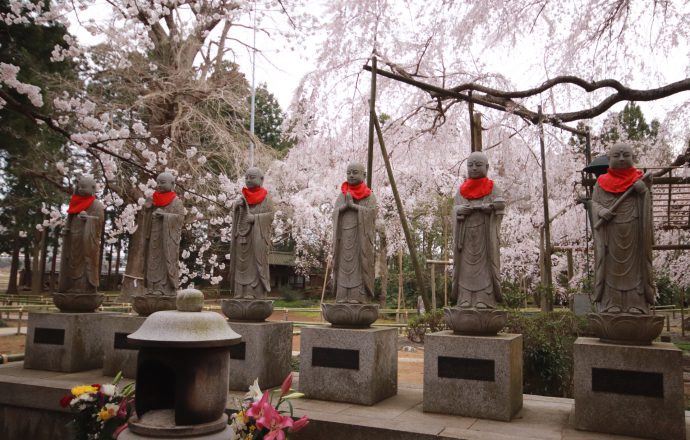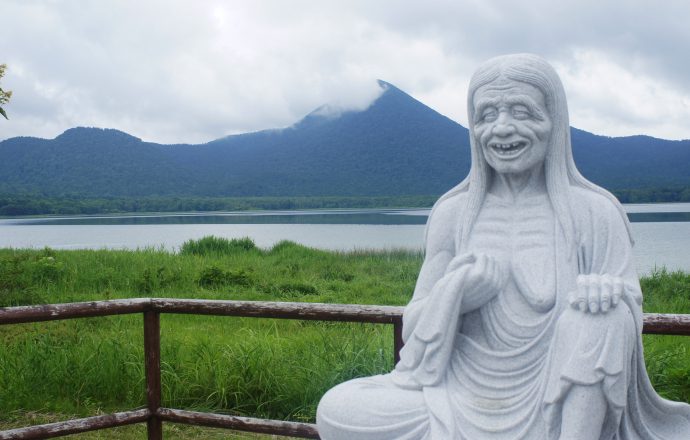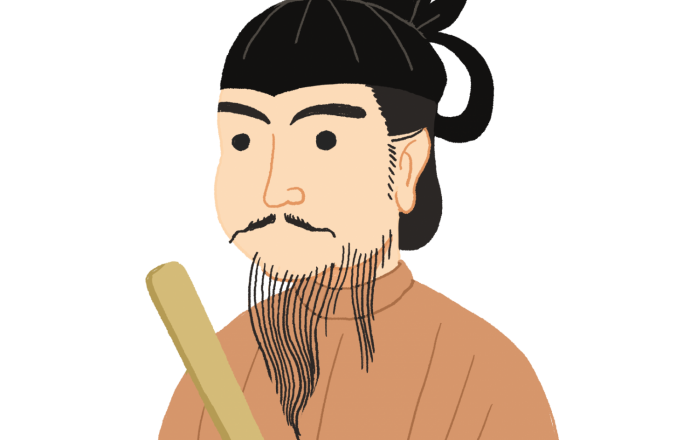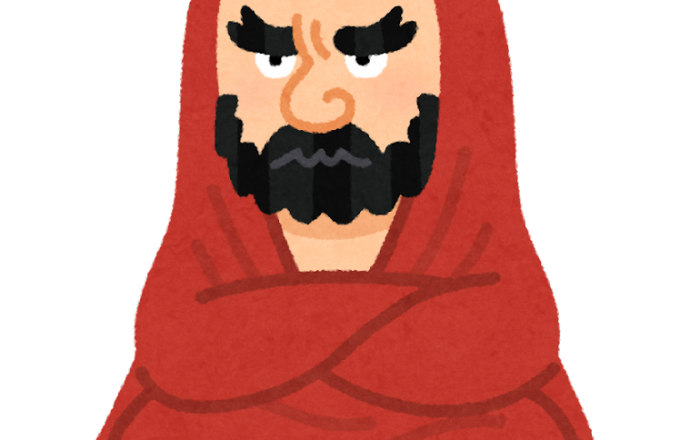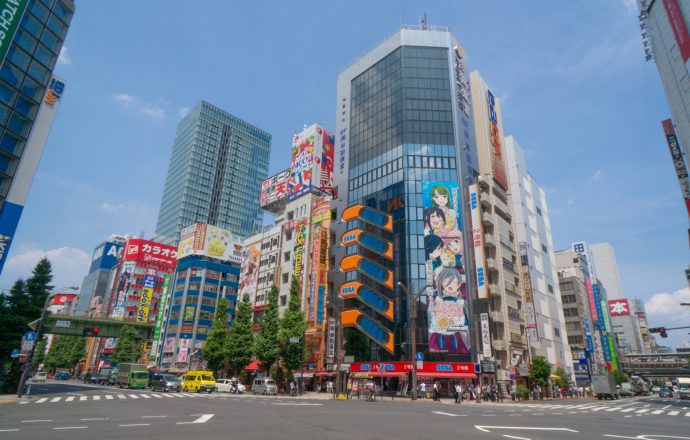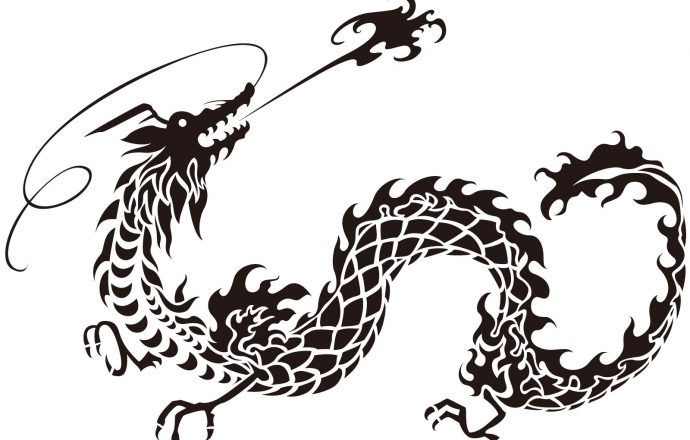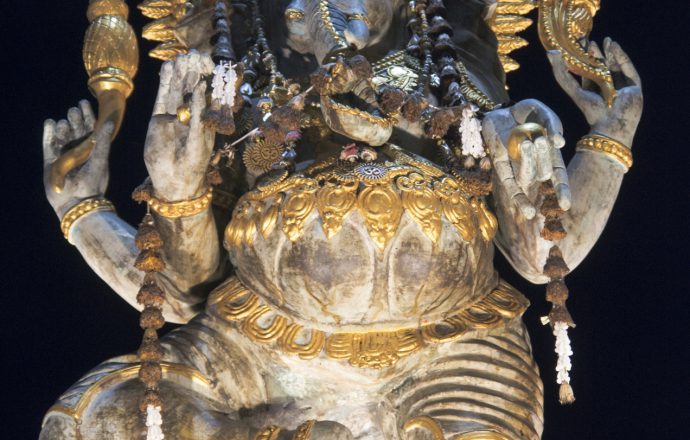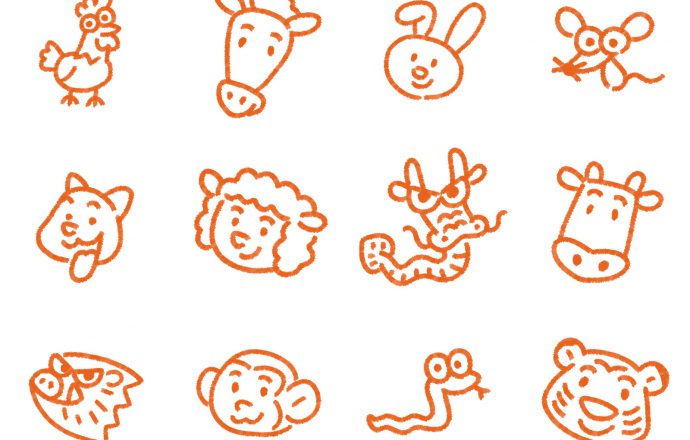Japanese considerations of death and life (3)
Every dead person can be reborn in any case (I heard that way of life is affected by the sin or karma of the former world. But we can be a rich or a poor depending on own effort.). Anyway, maybe you and me were friend in the former world. This idea is called En (Yen). This coin is Japanese 5 yen. Pronunciation of ‘5 yen’ is ‘go en’ in Japanese. ‘go yen’ is a homophone with go-en, a word for karma, fate, relation and encounter. As a result, sometimes this coin is used as a token of meeting. Japanese have words, “Sode Fure Au mo Tasho no En”. Meaning...


